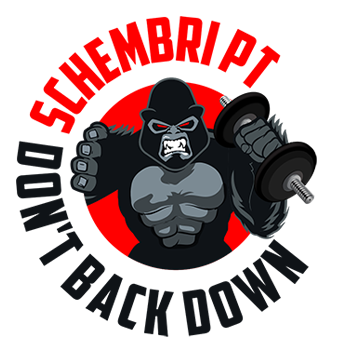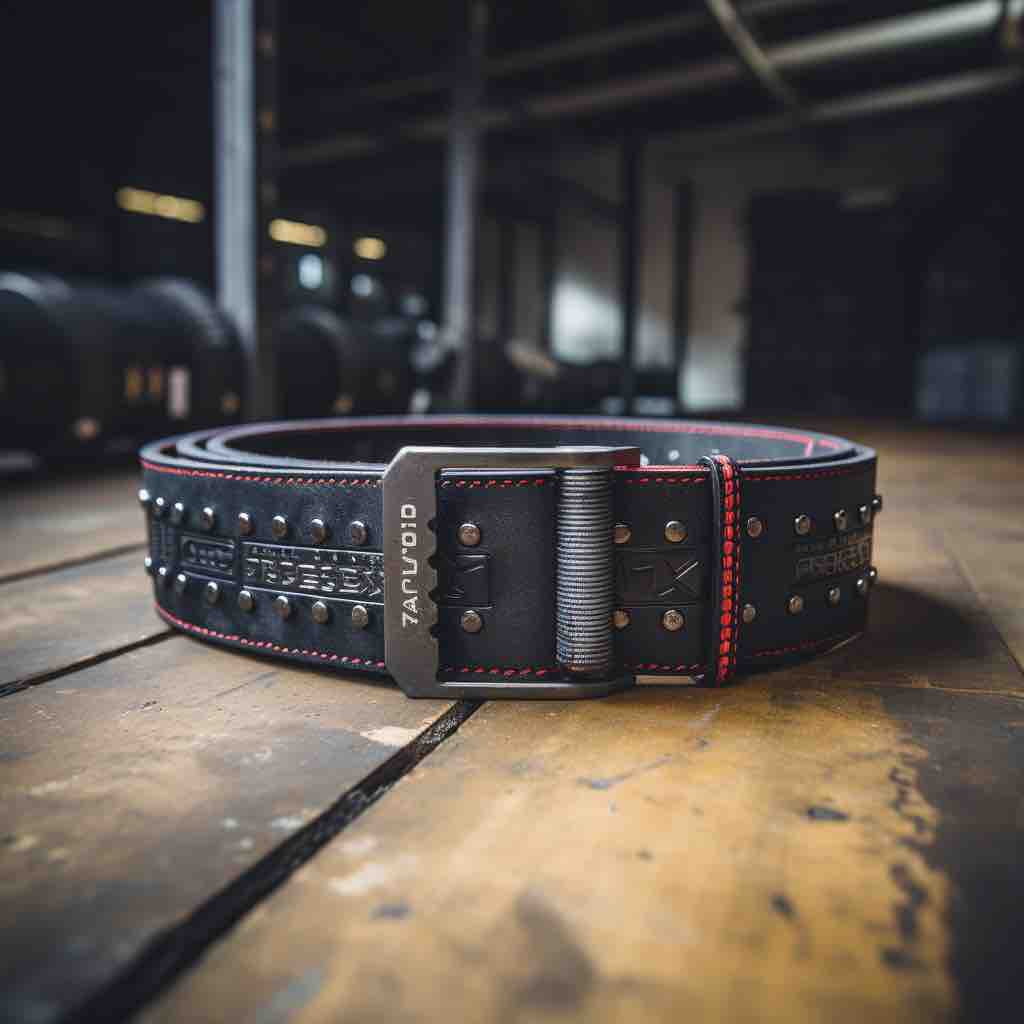Maximise Your Lifts: A Complete Guide to Using Weightlifting Belts Effectively
Ever wondered why gym-goers tighten a hefty belt around their waist before lifting heavy weights? That’s a weightlifting belt, a piece of equipment that, when used correctly, can bolster your strength training routine. This comprehensive guide will unravel the mysteries of weightlifting belts, exploring their benefits, ideal usage, and the science behind their efficiency.
What is a Weightlifting Belt and Why Use It?
Weightlifting belts are designed to offer additional support to your lower back and abdomen during heavy lifts. They work by generating intra-abdominal pressure (IAP), which in turn creates a solid core and stabilises your spine. This isn’t a license to ignore core training; rather, it’s a tool that can enhance your lifting, particularly during high-load exercises such as squats or deadlifts.
Breathing and Bracing: The Power Behind the Belt
Weightlifting belts and proper breathing techniques work hand-in-hand to maximise your lifts. One such technique is the Valsalva manoeuvre, which involves taking a deep breath, holding it, and then exerting force without actually exhaling. When done correctly, this technique can create pressure in your abdomen that, when combined with the belt, further stabilises the spine.
Bracing your core against the belt is crucial. A good way to visualise this is by imagining that someone is about to punch you in the stomach. The action you’d instinctively take to brace against the punch is similar to the action required to create substantial IAP.
Choosing the Right Belt
There are two primary types of weightlifting belts: powerlifting belts and Olympic weightlifting belts. Powerlifting belts are uniform in width, providing consistent support ideal for squats, deadlifts, and presses. Olympic belts, on the other hand, are smaller in the front, allowing for more movement and making them suitable for dynamic lifts like snatches and cleans.
Appropriate Exercises for a Weightlifting Belt
A weightlifting belt can be beneficial, but it isn’t necessary for all exercises. It’s typically most advantageous for exercises that place a significant load on the spine, such as squats, deadlifts, and overhead presses.
Precautions and Tips for Using a Weightlifting Belt
While a weightlifting belt can be a powerful tool, it’s not a solution for poor lifting technique. Maintaining proper form and a neutral spine alignment during lifts is essential to prevent injury. Moreover, the belt should be used judiciously – primarily for heavy sets – to avoid over-reliance. The goal is to complement your training with the belt, not to depend on it.
To wrap it all up
A weightlifting belt isn’t a magic fix for strength training challenges. However, when used correctly, it can significantly enhance your performance. Paired with proper form, a comprehensive training routine, and a smart approach to breathing, a weightlifting belt can take your lifting to new heights.
Contact us today for any help with your training and nutrition.

